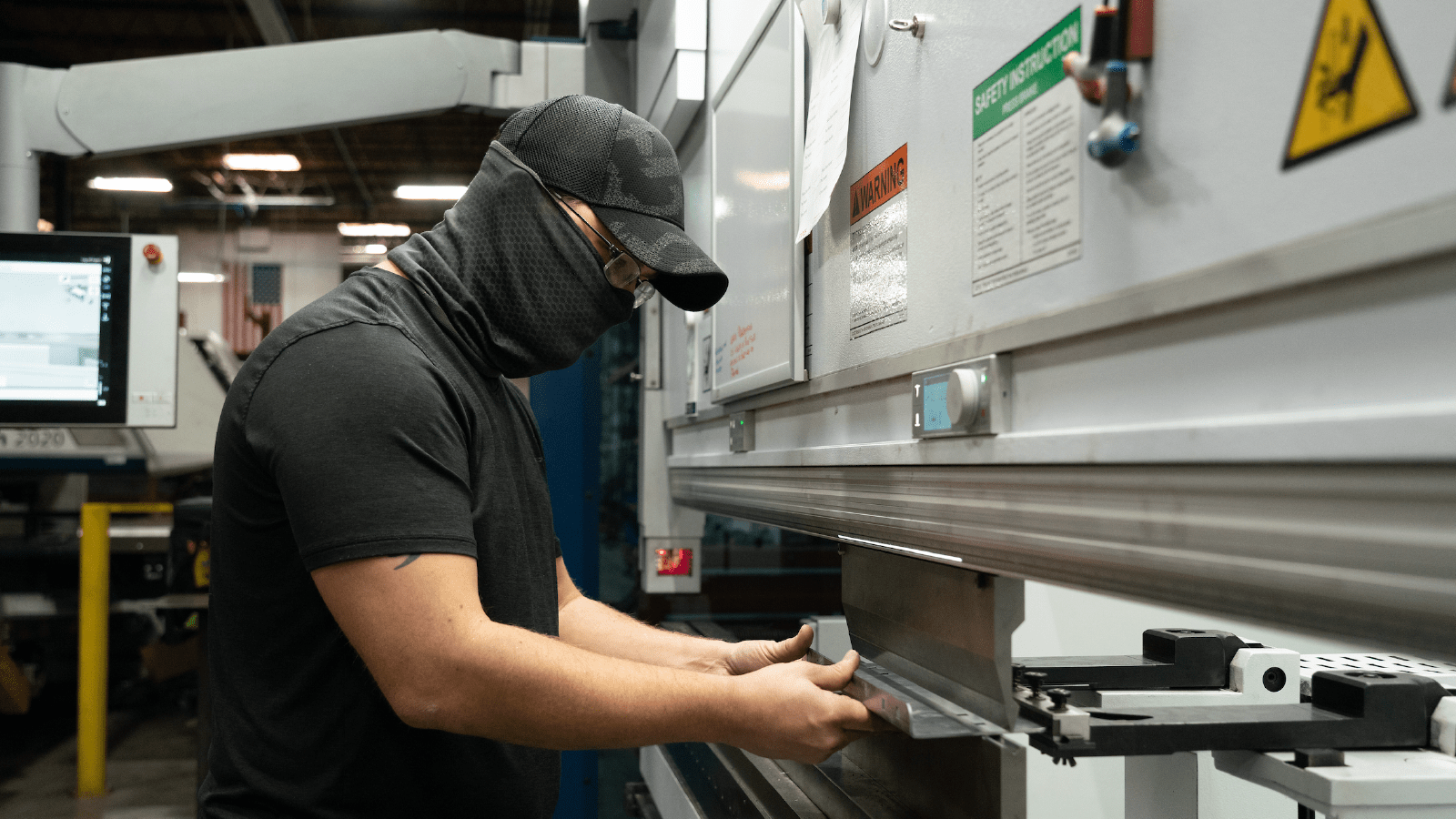Tax Increases Would Cost a Million Jobs

NOTE: The lead sentence was revised to better reflect the full scope of the NAM’s study, which includes corporate tax increases recently proposed by the Biden administration, as well as other tax increases and changes to the tax code under consideration.
Corporate tax hikes and other tax reform rollbacks under consideration could lead to 1 million fewer jobs in the first two years, according to a new study conducted by Rice University economists for the NAM.
The calculation: Economists John W. Diamond and George R. Zodrow calculated the effects of increasing the corporate tax rate to 28%, increasing the top marginal tax rate, repealing the 20% pass-through deduction, eliminating certain expensing provisions and more.
The costs: The researchers found that these changes would cause large negative effects for the economy. The worst of these would include:
- 1 million jobs lost in the first two years;
- By 2023, GDP would be down by $117 billion, by $190 billion in 2026 and by $119 billion in 2031; and
- Ordinary capital, or investments in equipment and structures, would be $80 billion less in 2023 and $83 billion and $66 billion less in 2026 and 2031, respectively.
The study also notes the following:
- Investments in intangibles, or “firm-specific capital,” are highly mobile and more sensitive to marginal tax rate changes. Such investments would fall 2.7% by year two and would be down a total of 3.8% by year five.
- The average annual reduction in employment would be equivalent to a loss of 600,000 jobs each year over 10 years.
- Real wages would fall by 0.6% in the long run, and total labor compensation, including wages and benefits, would decline by 0.6% initially before falling by 0.3% after 10 years. In the long run, total compensation would also decline by 0.6%.
The NAM says: NAM President and CEO Jay Timmons said in response to the study, “Manufacturers want to help President Biden achieve his goal of creating jobs in America and strengthening the supply chain so that our country does not face critical shortages, especially during times of national crises.”
- “As we slowly emerge from the economic catastrophe caused by COVID-19, American businesses are at a pivotal point in our nation’s history. Manufacturers can, and should, lead the economic recovery in the wake of the pandemic. But this study tells us quantitatively what manufacturers from coast to coast will tell you qualitatively: increasing the tax burden on companies in America means fewer American jobs.”
Alternative solutions: The NAM strongly supports President Biden’s focus on bold infrastructure investment, which can be achieved through a combination of revenue sources like those identified in its policy blueprint “Building to Win.”
